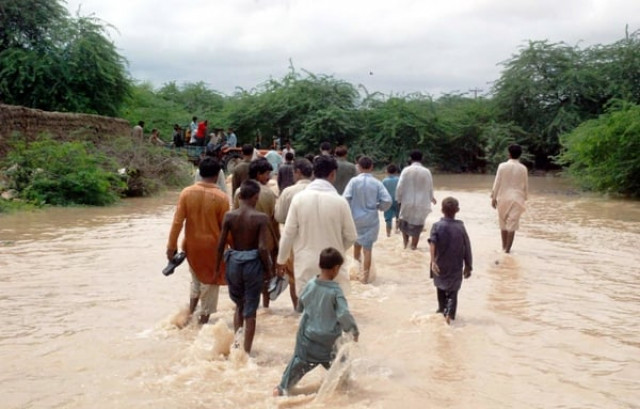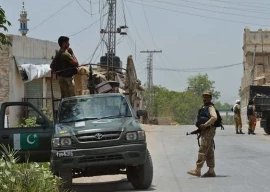
“There is always a potential [of a disease outbreak] especially water-borne diseases such as gastroenteritis and diarrhoea but so far the situation seems to be under control,” says a senior official with the World Health Organisation (WHO) who did not wish to be named.
According to this official even vector-borne such as malaria and dengue or air-borne ones such as measles or acute respiratory infections are not unusual in such situations but the number being presently reported is not out of the ordinary.
Dr Mohammad Dauod Altaf who heads the WHO’s emergency humanitarian action (EHA) says, “In the last week around 10.2% of the burden of diseases was malaria. About two to three weeks back malaria was reported at 9.4%. So the rise is not significant indicating the disease is presently under control.”
When asked about other diseases diagnosed in people in the flood-affected areas, he said, “Presently, 50% of the burden of all epidemic diseases reported are water-borne, including diarrhoea and hepatitis.”
From August 1 to September 8, the WHO EHA received and investigated 222 alerts. Of these 37 outbreaks were identified, responded to and controlled. Areas most affected by the rains and floods are Badin, Mirpurkhas, Thatta, Tando Muhammad Khan, Khairpur, Naushero Feroze, Tharparkar and southern parts of Karachi.
While there has been no major outbreak of disease so far, contaminated water remains a problem. People in the flooded areas have no choice in many cases and are using the contaminated standing water for drinking, bathing as well as washing clothes.
The United Nations Office Coordination Humanitarian Affairs (OCHA), however, remains optimistic.
“We will continue to monitor the situation but so far the good news is that there is no outbreak. We along with other UN subsidiaries and aid agencies have dispatched 634,000 medicines to the flood-affected areas along with medical supplies,” said Stacey Winston, the spokesperson for OCHA.
The supplies include anti diarrhoea kits, anti snake venom, emergency kits, rapid diagnostic kits, clean delivery kits for childbirth.
According to estimates made by the United Nations Population Fund (UNFPA), of the five million affected by the floods one million women are of reproductive age. Of these more than 100,000 are pregnant.
The UNFPA estimates around 350 women will go into labour everyday of which 50 will experience life-threatening complications and require medical assistance.
However, while en route to Badin district crossing Matli and Talhar tehsils, no evidence of medical camps was in sight. On finally reaching Golarchi most roads along the way were blocked and diversions were also choked making access to some of the areas very difficult.
Most people in the area complained of stomach pains and gastroenteritis was a common problem due to consumption of contaminated water.
Of the 46 union councils in Badin, the presence of the World Food Programme (WFP) was witnessed in four. No representatives for UNHCR, Unicef or the International Organisation for Migration were seen.
Published in The Express Tribune, September 16th, 2011.


















COMMENTS
Comments are moderated and generally will be posted if they are on-topic and not abusive.
For more information, please see our Comments FAQ